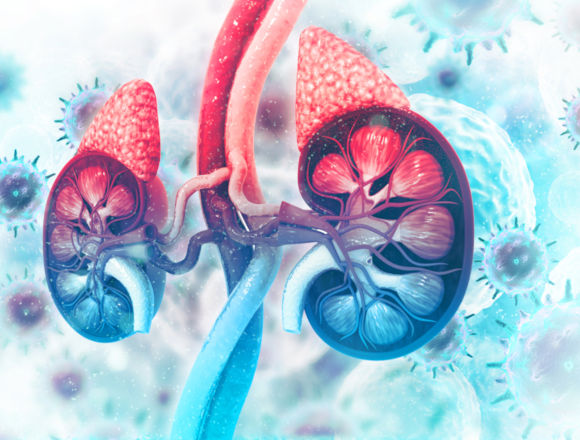Felix Knauf, MD, is a professor of nephrology at the Charité – Universitätsmedizin Berlin, Germany, and an assistant professor adjunct at Yale University.
Which imaging method, ultrasonography or computed tomography (CT), if both are available, should be performed first in a person with renal colic?
Both ultrasound and CT scans are done to diagnose kidney stones. I would like to point out that there are differences based on the region or country where someone is practicing, even if both modalities are available. From my own experience, I can say that in North America, for example, more CT scans are used even if ultrasound is available as a first line. For example, in Europe, ultrasound is often used.
There is one clinical study that was presented in the New England Journal of Medicine in 2015, which looked at the differences when ultrasound was used versus a CT scan with regards to hard outcomes such as complications of stones, and no difference was demonstrated, arguing that either ultrasound or a CT scan can be used.
Obviously a CT scan has a radiation exposure, which the ultrasound does not have. However, newer CT scan procedures, like a stone protocol with a low radiation dose, have a very low dose of radiation. I would like to also emphasize that most of the urologists will ask for a CT scan because it provides a higher resolution to see where the stone is located to make a decision for a potential intervention.
To get back and give an easy answer to that question: if both modalities are available, I think ultrasound is the right choice to quickly look to see if a stone can be detected. That being said, most often a CT scan is still required to localize the stone exactly and is helpful because of the higher resolution for the urologist to make a decision for a possible intervention.
 English
English
 Español
Español
 українська
українська






